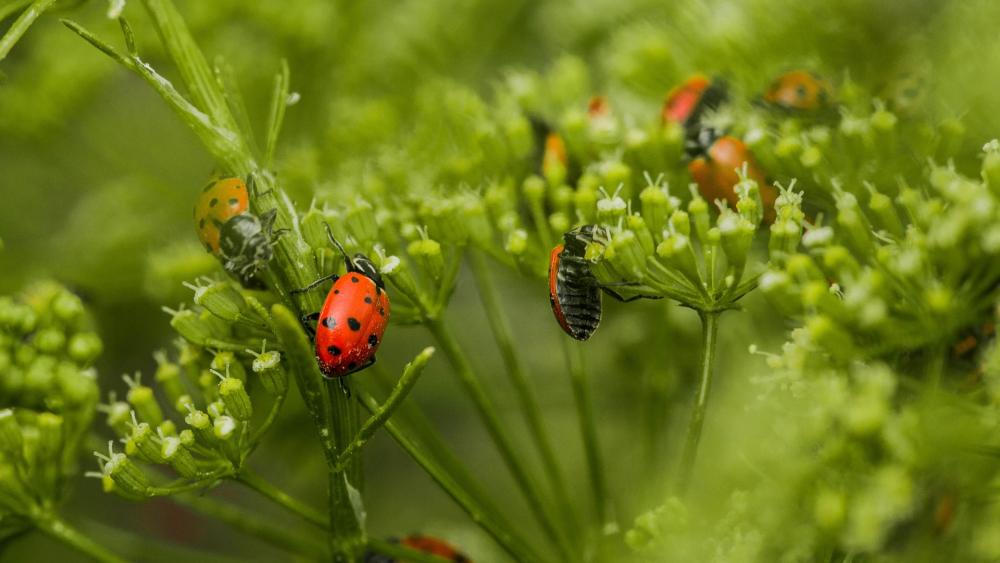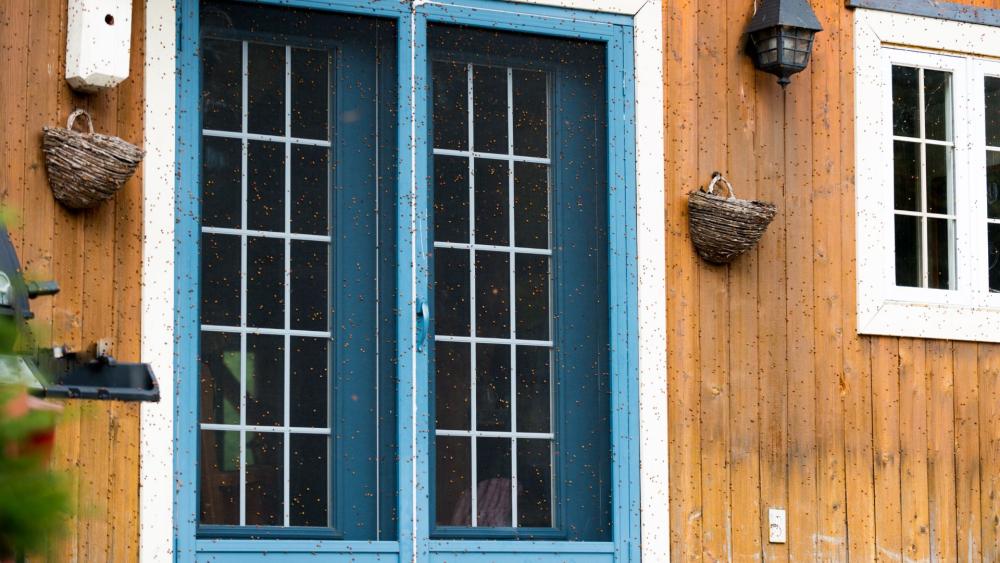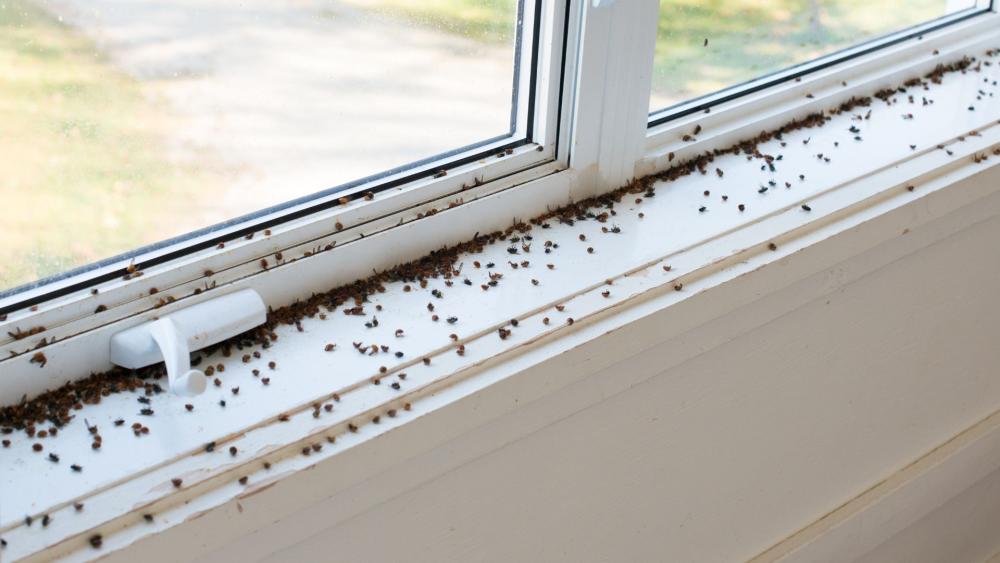Find Out How To Get Rid Of Ladybugs Around Your Home
Ladybugs are a common sight in the spring and summer. They often fly around gardens and yards, eating aphids and other pests. While they may be beneficial to have around, too many ladybugs can be a nuisance. If you're having problems with ladybugs invading your home, this blog post will help!
We'll explain what will make ladybugs go away, how to prevent them from coming back, and what to do if they've already taken up residence in and around your house.
Ladybugs And Their Habits
Ladybugs, sometimes also known as lady beetles or ladybird beetles, are one of the most common species of insects. These small, round beetles are often red or orange with black spots and can be found in many habitats worldwide. Ladybugs are crucial predators of aphids and other small insects that can damage crops. They typically lay their eggs on leaves near aphid colonies.
When the eggs hatch, the young ladybugs feed on the aphids until they reach adulthood. In winter, many species of ladybugs will migrate to find a warm place to overwinter. Some species even congregate in large numbers, often in the hundreds or thousands.
This behavior helps to protect them from cold weather and predators. Ladybugs are an essential species of insect that play a vital role in many ecosystems.

Ladybugs are fairly easy to spot with their distinctive red and black pattern.
Identifying Ladybugs
In North America, there are nearly five hundred species of ladybugs (Coccinellidae), also called ladybird beetles. Many of these species are pale in color and have spots, but there is significant variation in appearance.
As a general rule, adult ladybugs are round, bright-colored insects with small black spots on their wings. Some species also have a few stripes running down their backs. Ladybugs typically range in size from one to ten millimeters.
However, the species that is most commonly associated with infestations, the Asian lady beetle, can grow up to twelve millimeters in length. Asian ladybugs are typically dark red or orange in color, and they have multiple black spots on their wing covers. If you suspect that you have a ladybug infestation, it is important to correctly identify the species so that you can take appropriate steps to control it.
How To Inspect For Ladybugs
Many people enjoy having ladybugs in their gardens as they are known to be helpful in getting rid of pests. However, sometimes ladybugs can end up in your home where they are not wanted. If you think you may have ladybugs in your home, there are a few things you can do to inspect for their presence. Ladybugs, often mistaken for Mexican bean beetles, are one type of beetle that is known to enter homes through tiny entry points.
To check for these beetles, examine door frames and window screens for any holes that could allow them entrance. You should also be on the lookout for adult ladybugs as well as their larvae. Larvae are small and black with red spots and have long bodies with spikey ridges along their backs. Adult ladybugs are typically red or orange with black spots.
If you find any ladybugs in your home, you can remove them by gently sweeping them into a dustpan and releasing them outside far enough from your home.

While ladybugs can help your garden, too many of them can be a nuisance to your home, especially when they swarm.
What Will Make Ladybugs Go Away?
Though they are considered beneficial because they eat aphids and other garden pests, ladybugs can become a real nuisance when they decide to invade your home in large numbers. If you're dealing with a ladybug infestation, there are several things you can do to get rid of them.
Diatomaceous earth is one of the most effective ways to control ladybugs. This natural substance is made from the fossilized remains of diatoms, a type of algae. It works by absorbing lipids from the exoskeletons of insects, causing them to gradually dehydrate and die. Diatomaceous earth is widely considered safe to use around children and pets, and you can find it at most hardware stores and pest control websites.
Pest management professionals may also use light traps to control ladybugs. These devices emit ultraviolet light that attracts the insects, who then become trapped in the device. While light traps effectively reduce ladybugs' populations, they should not be used as the sole method of control.
Essential oils might also be used to deter ladybugs. Oils such as citronella, lemon, or lavender have strong scents that repel many insects. To use essential oils as a ladybug repellent, mix a few drops with water in a spray bottle and apply it around doorways and windows. You can also add a few drops to a diffuser to help keep ladybugs away from your indoor spaces.
You might also look at planting mums, formally known as chrysanthemums. These are flowers that naturally repel ladybugs. They strongly dislike the scent and natural oil these plants give off.
If you're searching for a longer-term solution, Avesta CS and Cyper WSP are both excellent residual insecticides that you can apply in the fall and winter months. These products will continue to kill ladybugs for up to 12 weeks after application, making them ideal for preventing infestations.
For quick knockdown power, Stryker 54 Aerosol with 0.50% pyrethrin provides fast effects with a contact kill against ladybugs. In addition, PT 565 Aerosol comes with a crack and crevice attachment for hard-to-reach places, making the job much easier.

By ensuring areas around your windows are properly sealed, you can keep ladybugs from invading your home’s interior.
Ladybug Prevention
One preventative measure you can take is to winterize your home. This process should include sealing cracks and gaps around windows, doors, baseboards, and electrical outlets. Doing this will prevent ladybugs (and other pests) from entering your home in the first place. You should also make sure to regularly vacuum any areas where ladybugs may congregate, such as behind furniture or in closets.
If you do find a ladybug infestation in your home, there are a few different ways to get rid of them. For example, you can use a vacuum cleaner to suck them up or release them outside if you prefer a more humane approach. Whichever method you choose, taking preventative measures will help to reduce the chances of infestations and repel ladybugs in your home.









